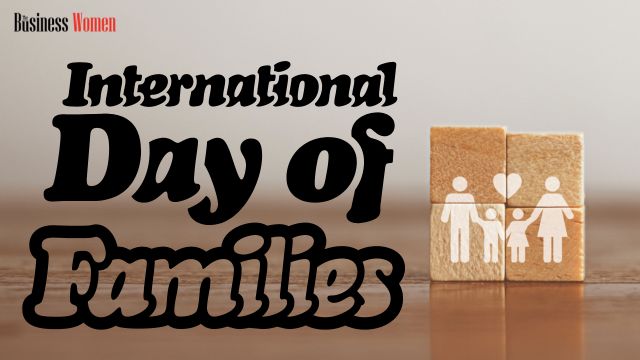Leadership styles between males and females often differ due to how each gender is socialised. While there are many similarities between male and female leaders, there are also several key differences.
Some of the most noticeable differences include the way each gender communicates, the way they make decisions, and their overall approach to leadership.
However, it’s important to remember that these differences are generalisations and that there are many individual variations.
Keep reading to learn more about the key differences between male and female leaders!
Gender Differences In Leadership
A recent study found that there are significant differences in the way men and women approach leadership. The study found that women are more likely to use collaborative methods, while men are more likely to use autocratic methods.
This difference in approach can be attributed to several factors, including socialisation, biology, and personality traits. However, the study found that the biggest predictor of leadership style was gender. This suggests that there are fundamental differences between the way men and women lead.
While these findings are interesting, they should be interpreted with caution. The study was small and did not take into account several other important factors. However, it provides a starting point for further research into gender differences in leadership.
The Impact Of Women In Leadership
There is no doubt that women have made great strides in leadership roles in recent years. But what impact do women leaders have on society as a whole?
Studies have shown that women leaders are more effective than their male counterparts in several ways. They are more likely to promote gender equality, foster collaborative work environments, and make more beneficial decisions to all stakeholders involved. In addition, women leaders are often more effective at networking and building relationships with others.
Given the many benefits of having women in leadership roles, it is clear that they have a positive impact on society. As more women continue to enter leadership positions, we can expect even more positive changes in the years to come.
The Benefits Of A Diverse Leadership Team
A diverse leadership team can bring a wealth of experience and perspectives to an organisation. In today’s business environment, it’s more important than ever to have a team that reflects the diversity of our society.
A diverse leadership team can help an organisation to be more innovative, to better understand and serve its customers, and to make more informed decisions. It can also help to build a strong culture of inclusion within an organisation.
Creating a diverse leadership team is not just the right thing to do – it’s also good for business. It’s time to embrace diversity in leadership!
The Future Of Gender In Leadership
It’s no secret that gender roles are shifting in society. We’re seeing more women in leadership roles and breaking through the glass ceiling in various industries. But what does this mean for the future of gender in leadership?
Some experts believe that this is just the beginning of a shift towards more gender equality in leadership roles. Others believe this is a temporary blip and that traditional gender roles will eventually reassert themselves.
Whatever the case may be, one thing is certain: the face of leadership is changing, and gender is playing a big role in that change.
Conclusion
The differences between male and female leaders can be significant. In general, female leaders tend to be more consensus-oriented, while male leaders tend to be more task-oriented. Female leaders also tend to be more effective at communication and building relationships. However, both male and female leaders can be successful if they are aware of these differences and play to their strengths. To learn more about leadership, subscribe to our newsletter.








